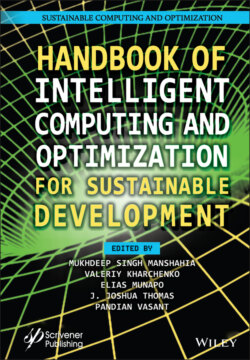Читать книгу Handbook of Intelligent Computing and Optimization for Sustainable Development - Группа авторов - Страница 68
2.5.4.2 Medical Application of the Concept of DNA Logic Gate
ОглавлениеDNA logic gates are being used for medical applications. A microfluidic network of reaction chambers, linked by channels, can mimic capillaries connecting living cells. The design strategy of MAYA can replace conventional silicon-based computing technology in situations where the sample is fluidic in nature; for example, sample of blood or a body. This technology has been used to improve the quality of diagnostics of the West Nile virus. Joanne Macdonald, the virologist from Columbia University, suggested that with required modification these kinds of nano-machines can be implanted in the human body. It is capable to control insulin level for diabetic patients and detect the presence of cancer cells.
Using this technology, the researchers have developed a novel approach to drug delivery by molecular robot. Taking their cue from movement studies of spiders, Pei et al. [14] constructed a molecular assembly which can extended the random walks on two-dimensional surfaces but in random direction. The 4-nm-diameter molecular spider is built with streptavidin protein. This nano-device has four binding pockets for a chemical moiety biotin and the pockets are placed symmetrically. The legs of the proposed robot are constructed with biotin-labeled DNA oligonucleotides. Thus, the legs can be bound to the body of the “spider”. Three of the legs are built with deoxyribozymes. The “start strand”, i.e., the fourth leg takes the robot to the starting site. Trigger strand release the molecular spider from its starting site. It can diffuse through a flexible, gel-supported matrix coated with oligonucleotide substrates that is complementary to the DNA legs by binding to and cleaving substrate molecules. In principle, the cleaved substrate could be a medication released when a spider “walks” by. The research group monitored the spider’s progress by looking at the release of products from the matrix with surface plasmon resonance. They report that the spider’s diffusion rate and the rate at which spider let go of the matrix and float away can be controlled by changing the number of legs or the size of the active binding regions between the substrate and legs. In this technique the rate of product release is linear which is very useful for controlled drug delivery. In future, a molecular spider can be constructed in such a way that it can carry a drug by binding to a 2D surface, for example, cell membrane, and after finding the receptors the local environment will trigger the drug activation. The molecular nanorobotics is the emerging technology which can be broadly used in the medical domain. But this may take 100 years in the future.
